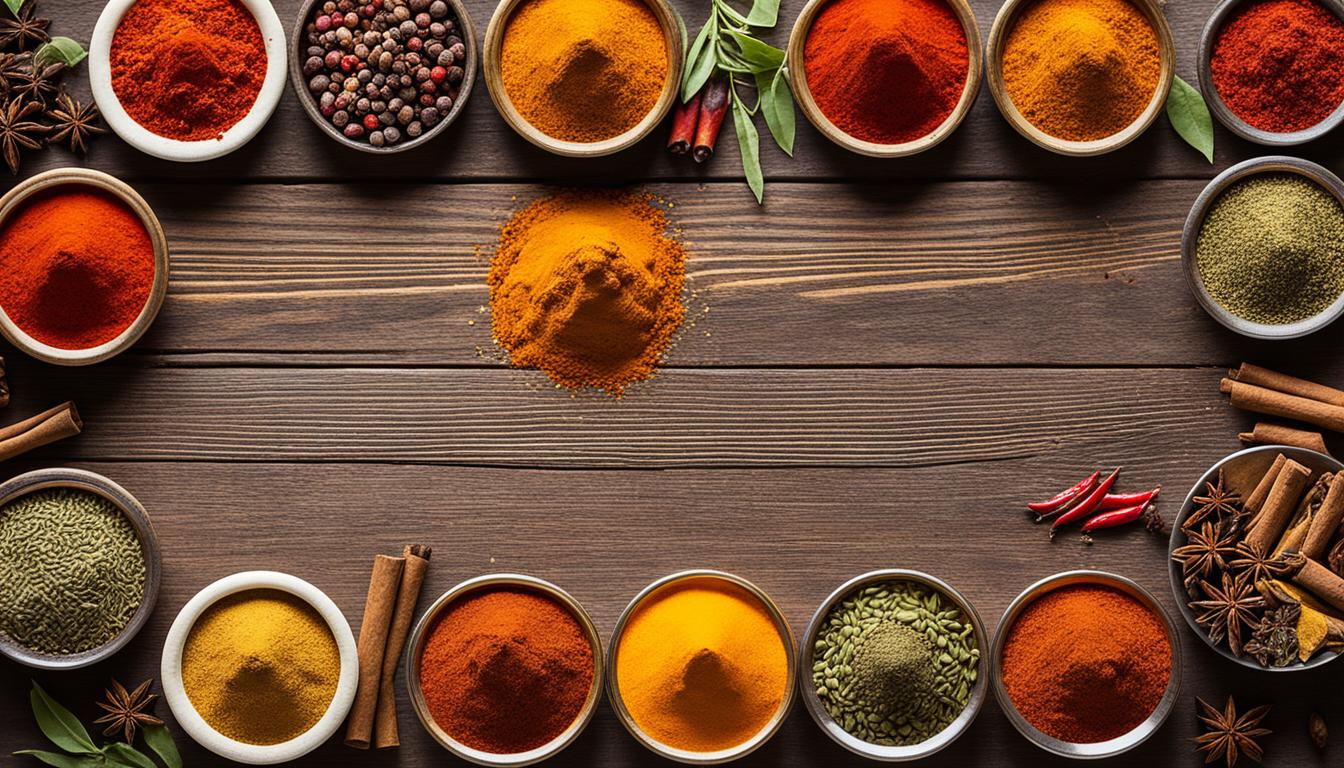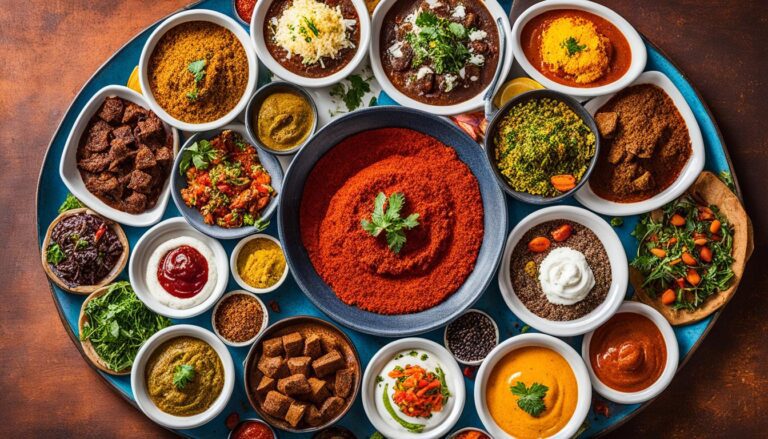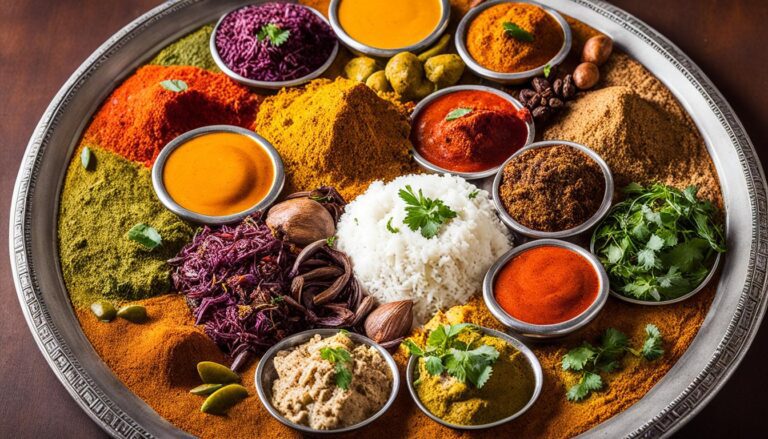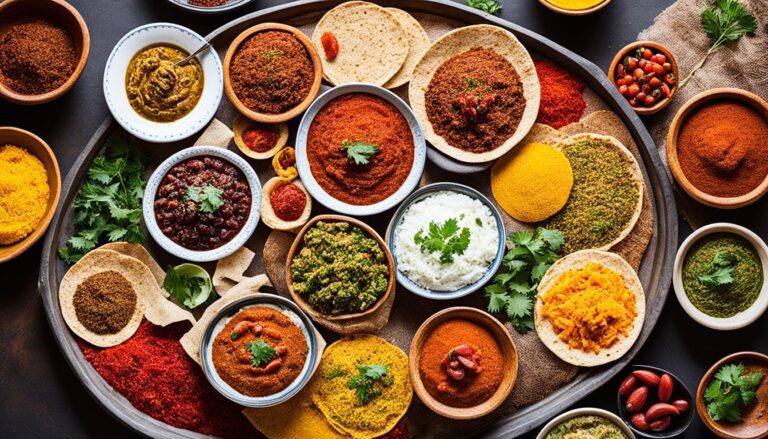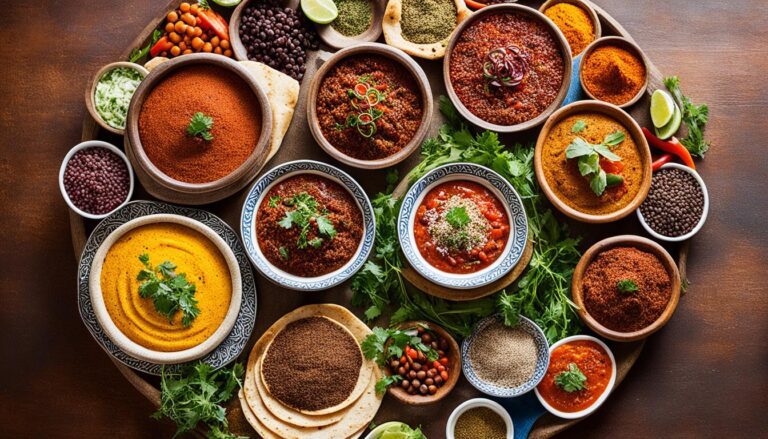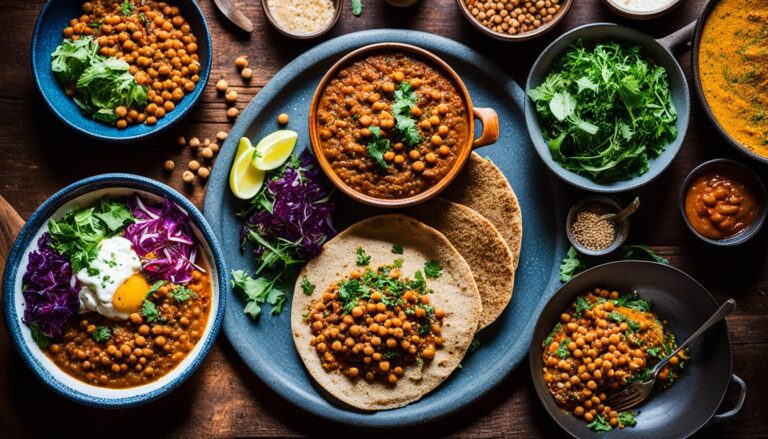Why Is Ethiopian Food So Similar to Indian Food?
Have you ever wondered why Ethiopian food bears such resemblance to Indian cuisine? Despite being from different regions, Ethiopian and Indian food share an uncanny number of similarities in terms of flavors, spices, and cooking techniques. It’s as if these two culinary traditions have a hidden connection that transcends geographical boundaries. So, what is the secret behind the striking parallels between Ethiopian and Indian food? Let’s delve into the intriguing world of Ethiopian and Indian cuisine to uncover the surprising answers.
The Historical Connection Between Ethiopia and India
The historical connection between Ethiopia and India has deep roots, dating back to ancient times. The trading networks across the Indian Ocean played a crucial role in facilitating the exchange of goods, spices, and cultural influences between these two regions.
Ethiopia, known for its rich resources such as gold and ivory, exported these commodities to India. In return, Ethiopia imported Indian cloth and spices, which contributed to the fusion of culinary traditions in both countries.
Furthermore, historical records indicate instances of Ethiopian slaves being exported to India. Many of these individuals, known as Hapshis, served as concubines and palace guards in regions such as Gujarat, Bengal, and Goa. Their presence not only influenced the cultural fabric of India but also left a lasting impact on Ethiopian history.
The architectural influence of Indians is also evident in Ethiopian historical sites and structures. The design elements and artistic motifs found in Ethiopian architecture reflect the cultural exchanges that took place between these two regions.
In summary, the historical connection between Ethiopia and India is characterized by extensive trade routes, cultural exchanges, and the movement of people. These factors have fostered a deep bond that extends beyond culinary traditions, shaping various facets of both Ethiopian and Indian societies.
The Influence of Spices and Flavors
Ethiopian and Indian cuisine are renowned for their captivating flavors and extensive use of spices. Both culinary traditions share a passionate love affair with spices and the artful blending of flavors that elevate their dishes to new heights.
Spices:
Spices play a central role in both Ethiopian and Indian cuisines, infusing their dishes with complexity and depth. In Ethiopian cuisine, the spice blend known as berbere takes center stage. This fiery mix, consisting of chili peppers, garlic, ginger, cumin, and a medley of other spices, imparts a rich and vibrant flavor to a variety of Ethiopian dishes. On the other hand, Indian masalas encompass a myriad of spices including turmeric, coriander, cardamom, and cloves, among others, resulting in a harmonious balance of flavors.
Both Ethiopian and Indian cuisines incorporate common spices such as cumin, garlic, ginger, and black pepper, which contribute to the characteristic aroma and taste that captivate food enthusiasts worldwide.
Flavors:
The diversity of flavors in Ethiopian and Indian cooking is a testament to the culinary influences and regional variations within each cuisine. Ethiopian wat, a type of stew, showcases a range of flavors, from spicy and robust to tangy and savory. Indian cuisine, famous for its rich curries, offers a kaleidoscope of flavors, from mild and creamy to intensely spicy.
The Versatility of Ethiopian Cuisine
One distinctive feature of Ethiopian cuisine is the variety of wat flavors, each encompassing a unique blend of spices and flavors. From Doro Wat, a spicy chicken stew, to Alicha Wat, a milder vegetable stew, Ethiopian wats exhibit a versatility that caters to diverse palates.
The Intensity of Indian Curries
Indian curries, on the other hand, dazzle with their rich and vibrant flavors. Whether it’s the velvety smoothness of butter chicken or the fiery heat of vindaloo, Indian curries showcase the incredible depth and complexity achieved through skillful flavor combinations.
The tantalizing mix of spices and flavors found in both Ethiopian and Indian cuisines exemplify the culinary artistry and cultural influences that have shaped these gastronomic delights.
The Role of Religious and Cultural Traditions

Ethiopia and India are both countries with rich religious and cultural traditions that deeply influence their respective cuisines. The Orthodox Christianity and Islam practiced in Ethiopia, as well as the Hinduism and Islam in India, play a significant role in shaping the ingredients and cooking methods used in their traditional dishes. These religious traditions have led to specific dietary restrictions, such as the prohibition of pork, which highlight the shared cultural values and influences between the two cuisines.
In both Ethiopian and Indian culinary traditions, fasting periods and holy days also hold great significance. These observances impact the availability and preparation of certain dishes, adding depth and complexity to the culinary tapestry of both cultures. The adherence to religious and cultural traditions in the culinary realm showcases the deep-rooted connection between food, faith, and community in Ethiopia and India.
The Influence of Dietary Restrictions
Religious dietary restrictions have played a significant role in shaping the ingredients and cuisine of both Ethiopia and India. In Ethiopian cuisine, the prohibition of pork aligns with the Islamic and Orthodox Christian dietary guidelines. This restriction has fostered a rich tradition of flavorful and wholesome vegetarian and seafood-based dishes in Ethiopian culinary practices.
Similarly, the dietary restrictions in Hinduism, such as avoiding beef and pork, have greatly influenced Indian cuisine. This has led to the development of a diverse array of vegetarian and vegan dishes that showcase the creativity and resourcefulness of Indian cooking.
The Global Reach of Ethiopian Cuisine
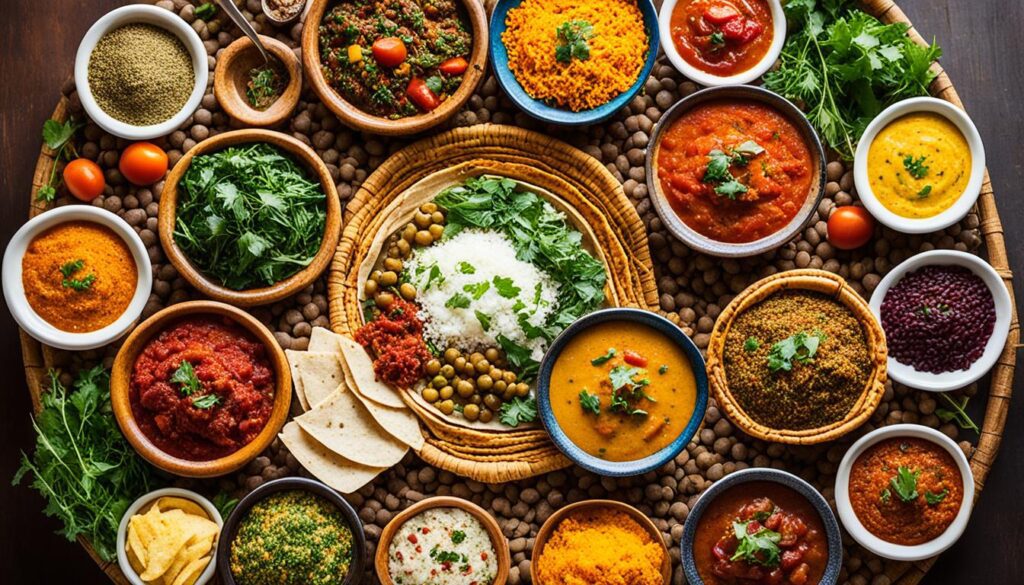
Ethiopian cuisine has gained international popularity thanks to the widespread presence of the Ethiopian diaspora. Ethiopian restaurants can now be found in various countries, including New Zealand, Australia, North America, and Europe.
The unique flavors and communal dining experience offered by Ethiopian cuisine have attracted food enthusiasts from diverse cultural backgrounds. The combination of aromatic spices, savory stews, and injera, a traditional sourdough flatbread, delights the palate and creates a memorable dining experience.
The Ethiopian diaspora has played a significant role in promoting and preserving Ethiopian culinary traditions. Ethiopian restaurants, often run by members of the diaspora, showcase the rich and diverse flavors of Ethiopian cuisine to a global audience. Through their passion and dedication, they have made Ethiopian cuisine more accessible and appreciated worldwide.
The international popularity of Ethiopian cuisine is a testament to the delicious and unique flavors it offers. As more people discover the delights of Ethiopian food, its global reach continues to expand, enriching culinary experiences and fostering cultural appreciation.
Conclusion
The culinary traditions of Ethiopia and India are intricately linked, showcasing a fascinating interchange of cultural influences and culinary practices. Through centuries of historical trade routes and cultural exchanges, Ethiopian and Indian cuisines have developed striking similarities in terms of flavors, spices, and cooking techniques.
The use of similar spices like berbere and the incorporation of aromatic flavors such as cumin, garlic, ginger, and black pepper are evident in both Ethiopian and Indian dishes. Furthermore, the staple Ethiopian sourdough pancake injera and Indian dosas reflect the culinary parallel between these two vibrant cuisines.
Thanks to the global reach of Ethiopian cuisine, fueled by the Ethiopian diaspora, people all over the world are now able to savor the unique flavors and communal dining experience it offers. The wide popularity of Ethiopian restaurants in various countries is a testament to the growing recognition and appreciation of Ethiopian food.
Exploring the savory secrets of Ethiopian and Indian cuisine not only tantalizes our taste buds but also reminds us of the wonderful connections that exist between cultures. With its culinary similarities and rich cultural exchanges, the mesmerizing blend of Ethiopian and Indian flavors offers a culinary adventure that transcends borders and unites people in a shared gastronomic experience.

